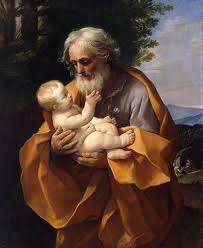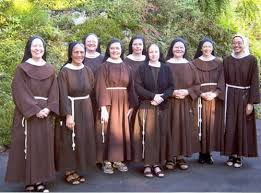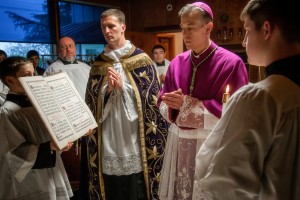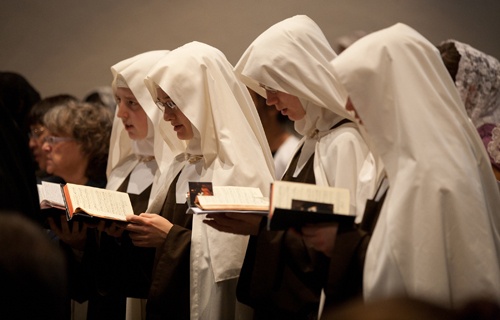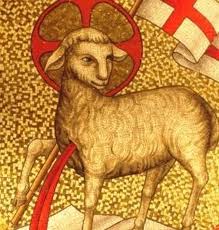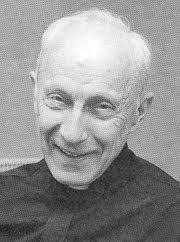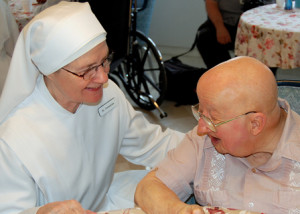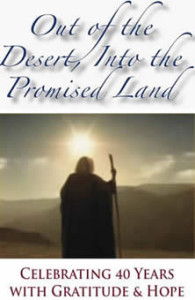 In 2014, the Institute on Religious Life will confer its’ Pro Fidelitate et Virtute Award on Monsignor James Turro, professor extraordinaire and well-known to Magnificat readers for his former column “Your Word is a Lamp.” The IRL bestows this award on those individuals who display great fidelity to the Faith and deep love for religious life.
In 2014, the Institute on Religious Life will confer its’ Pro Fidelitate et Virtute Award on Monsignor James Turro, professor extraordinaire and well-known to Magnificat readers for his former column “Your Word is a Lamp.” The IRL bestows this award on those individuals who display great fidelity to the Faith and deep love for religious life.
Father has been a long-time supporter of the IRL as a retreat master to our communities and priests and as a teacher at our Vita Consecrata Institute. Past award recipients have included Blessed Mother Teresa; Mother Angelica, PCPA; Fr. Benedict Groeschel and Servant of God, Fr. John A. Hardon, S.J. Monsignor joins very illustrious company!
Msgr. Turro is known for the brevity, conciseness and depth of his homilies. The website: //urolm.org/turro/about.htm contains a collection of some of his perceptive reflections on the Faith.
Here are some samples:
“The very hairs on your heads are all counted!” (Luke 12:7) An unusual way of saying a most soothing truth….For even you do not have so passionate an interest in yourself as to have taken a count of the hairs on your head.
A man sits in an airline terminal for hours feasting his eyes on those with destinations. What a satisfaction to have a destination in life! What a horror to drift aimlessly through life! Have you ever stopped to think that Christ has delivered us from such a pitiable condition as that – the condition of not being able to move effectively toward a clear-cut goal? Christ said: “I am the way” and “I am the light.”
“I have this complaint to make; you have less love now than you used to” (Rev 2:4). That first fervor is pitiably fragile we probably realize from our own experience but we may not have realized that we bear a responsibility for keeping it alive, as these words disconcertingly imply.
A forgotten truth: Mary is an opportunity for encountering Christ.
Our trials can be our greatest assets. Our privileges can turn out to be our worst enemies.
Do something beautiful for God: let someone feel the rich warmth of your love. You will be revealing something of God thereby.
Come see Monsignor in person! Join us at the 2014 National Meeting! For more information, visit our website or call (847)573-8975.
